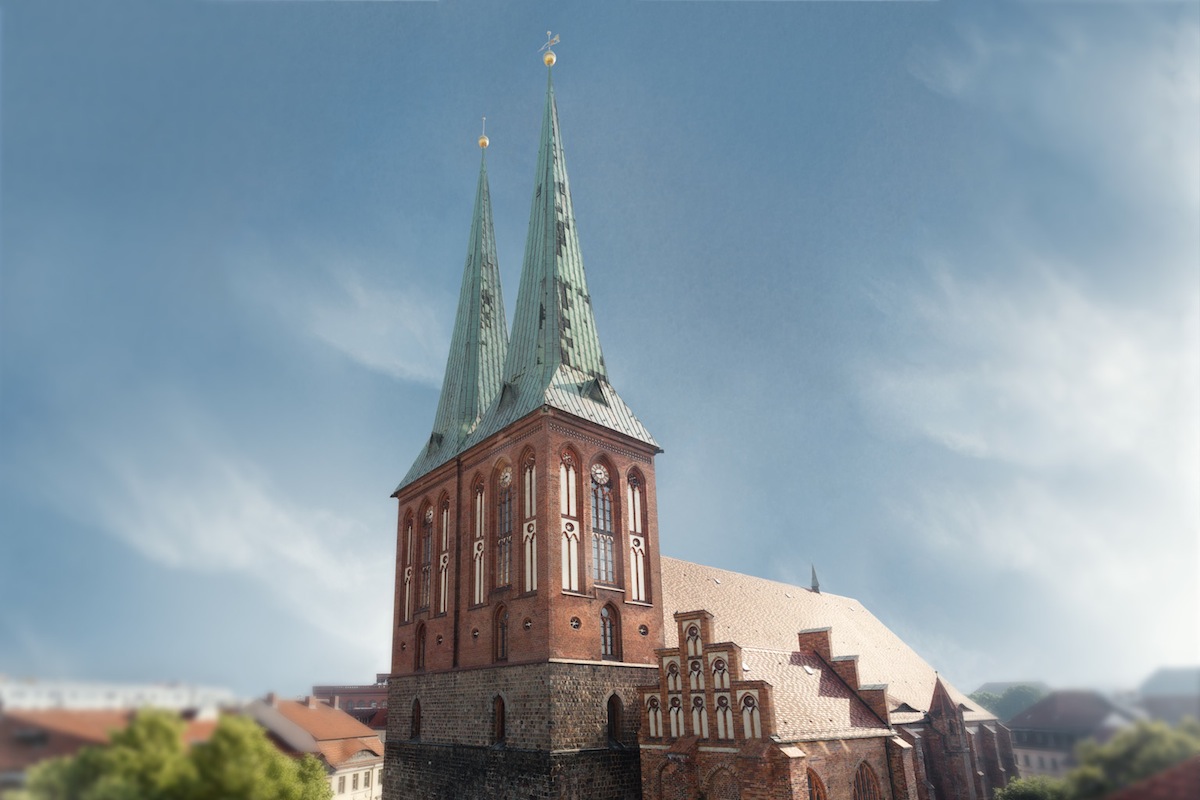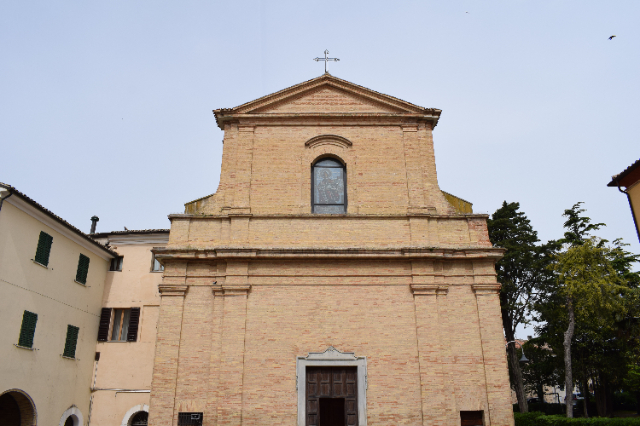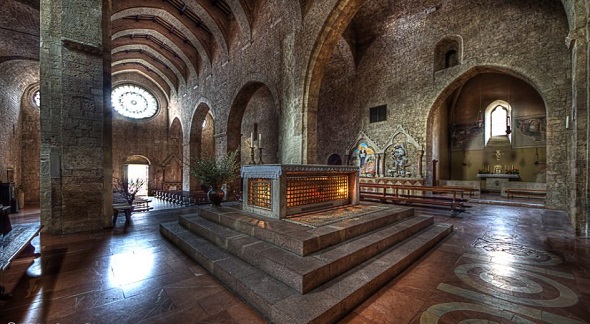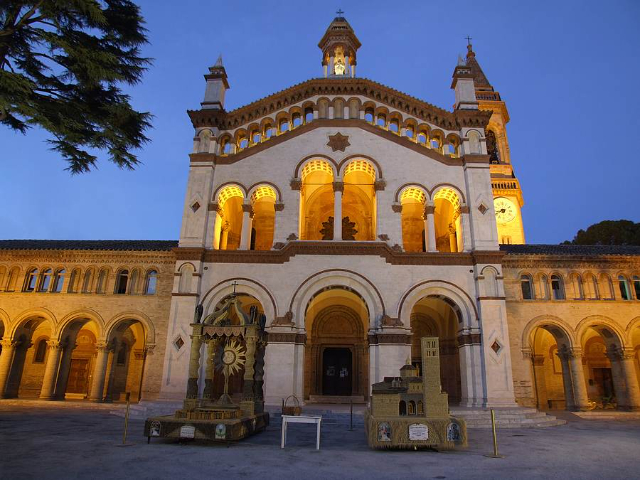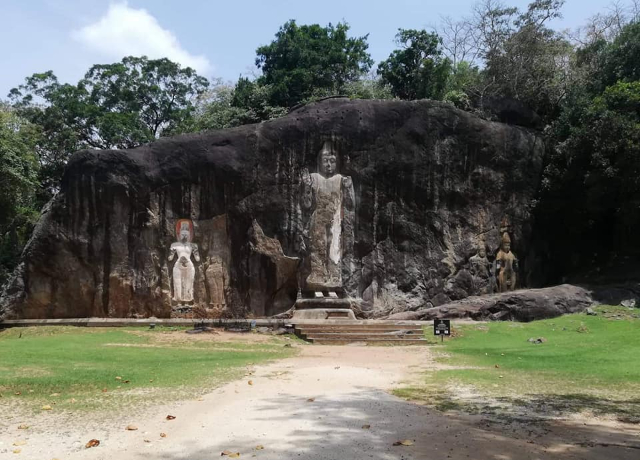A first church dedicated to Lorenzo, deacon and martyr of the third century, was erected before 900 above the ancient forum of the Etruscan-Roman city, within the walls. The building was rebuilt between the eleventh and twelfth centuries and, once again, rebuilt in 1300. Already at that time San Lorenzo had the appearance of a church with three naves, or rather – according to the typology of the so-called "Hallenkirche" – of a hall church with vaults of equal height. It was not until the 15th century that the church took on its present appearance.
The imposing Gothic temple has a simple and austere façade: its linearity is only interrupted by the massive Baroque portal, an eighteenth-century work by Valentino Carattoli. The main facade opens on Piazza Dante; on the external staircase there is an important bronze statue, realized in the sixteenth century by Vincenzo Danti from Perugia. On the left side, turned towards Piazza IV Novembre, there is a notable entrance, work of Galeazzo Alessi. This entrance is flanked by the pulpit of San Bernardino, which dates back to the fifteenth century, and the seventeenth-century bronze statue of Julius III.
The interior has a tripartite nave and two aisles. The vaults, supported by octagonal pillars, were decorated in the 18th century by F. Appiani, V. Monotti and V. Carattoli. The walls are decorated by many works of art: we limit ourselves to remember the Deposition from the cross, painted by Federico Barocci in 1569 and preserved in the Chapel of San Bernardino; the gonfalon of Berto di Giovanni (1526), which represents the profile of the city before the construction of the Rocca Paolina; the Annunciation of Ippolito Borghesi (1620) and the Madonna between the patrons of the city and the saints Augustine, Dominic and Francis of Giovanni Antonio Scaramuccia (1616). On the third pillar on the right is the venerated image of the Virgin of Grace, attributed to Giannicola di Paolo. In the apse is the wooden choir, by Giuliano da Maiano and Domenico del Tasso, dated 1491, which was partially destroyed by fire in 1985. Precious are the Chapel of the Baptistery, the Chapel of the Sacrament, adorned with late eighteenth-century frescoes by M. Leopardi, and – at the end of the left aisle – the Chapel of the Holy Ring (or Chapel of St. Joseph): the latter contains a precious reliquary of the sixteenth century, which preserves a chalcedony ring that – according to tradition – would be the wedding ring of Mary, wife of Joseph.
Behind the church there is the Cloister, seat of the Capitular Museum and of the Dominicini Library.


